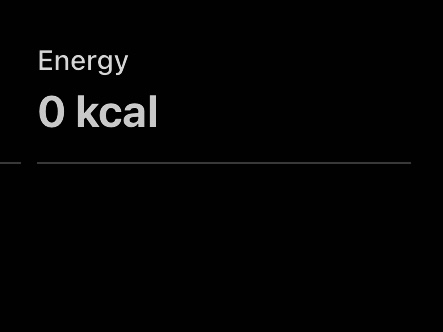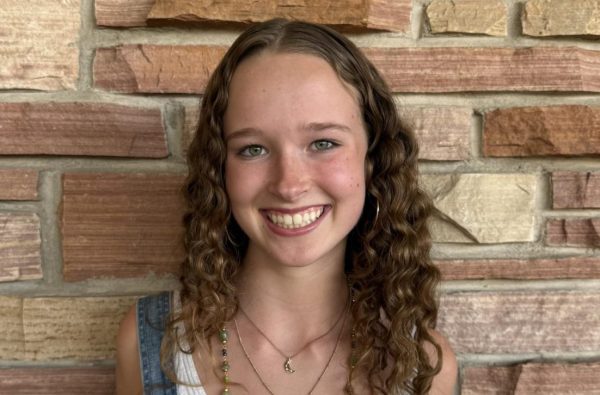In the previous issue, The Owl released a story called Bad EDucation, a piece about the presence of eating disorders in our high schools. This month, as many fall sports reach the end of their seasons, The Owl wanted to shine some light on one dark place where eating disorders hide exceptionally well: sports.
Sadly, disordered eating is quite prevalent in athletics. A study conducted by the National Eating Disorders Association (NEDA) found that 35% of all female and 10% of all male collegiate athletes are at elevated risk for developing anorexia nervosa. 58% of women and 38% of men in college athletics are at higher risk of developing bulimia than their non-athlete peers. According to Eating Disorder Hope, eating disorders are much more common among athletes than non-athletes, especially at the high school level.
Not only are eating disorders especially prevalent within sports, they are also exceptionally dangerous for athletes. It is a common misconception, but an entirely false myth, that a “thinner body” promotes better performance. Performing or practicing a sport without enough fuel in your body can lead to injury, slow recovery, and poor results.
The impact of disordered eating is especially felt in aesthetic sports such as gymnastics and dance. Often in these sports, there is an emphasis put upon a certain body type or image of the “ideal athlete”, despite this unrealistic expectation not being healthy for many individuals.
According to NEDA, out of all female high school athletes in aesthetic sports, 41.5% reported disordered eating. These athletes were eight times more likely to be injured than their fellow athletes who did not struggle with disordered eating.
Eating disorders are also common in individually focused sports such as skating, bodybuilding, cross country, and track. The intensity of competition in sports can also create added pressure, sometimes triggering athletes to restrict their diet due to stress and performance anxiety regardless of any expectations to look a certain way or have a specific body type.
Eating disorders can be incredibly hard to spot in athletes, as it is often difficult to distinguish between athletic habits and unhealthy ones. An athlete’s disordered relationships with food or exercise can be viewed as training techniques. Exhaustion and weakness can be mistaken for post-workout tiredness. Even in the athletes themselves, it is often difficult to recognize when one has stepped over the line from healthy to restrictive. Athletes often don’t realize how sick they are, especially if eating disorders are common among their teammates.
Anorexia athletica is an eating disorder wherein the individual may not restrict food entirely, but refuse to fulfill or increase their dietary intake to match the physical demands of their sport. Even though these athletes may be eating enough to fulfill a non-athlete’s needs, they are undernourished for the level of physical activity they engage in. Many who suffer from this eating disorder do not believe they are ill at all, making it very difficult to spot or get help.
The thing to remember is that every athlete’s needs are unique and different. There is no one “ideal athlete body”, just as there is no one measure of health or one set standard for the nutrients that a body needs.
In a society that often puts a negative connotation on the words “carbs” and “fats”, we need to remember what those macronutrients do for your body. Protein makes it possible for your muscles and organs to function healthily. Carbohydrates provide glucose needed to sustain your body during the day, especially during physical activity. Fats are essential to provide energy and perform cellular functions. Not only do these necessary nutrients support your body, but they also enhance your mental capacities and mind-body connection, a requirement for student-athletes. It is incredibly important for all athletes to fuel their bodies with protein, carbohydrates, fats, calcium, vitamins, and other macro and micronutrients.
Disordered eating can be difficult to spot among athletes. Please check in on yourself and your teammates regularly. If you or someone you know is struggling with disordered eating, seek help as soon as possible. There are many resources available, from NEDA’s online screening tool to a variety of hotlines, websites, and organizations. You can get help. Or, reach out to a trusted friend, adult, coach, or therapist.
Body Acceptance Week, a week celebrating body positivity, body neutrality, and body liberation, is October 23-27. Let’s all celebrate this week and remember to take care of our bodies.



